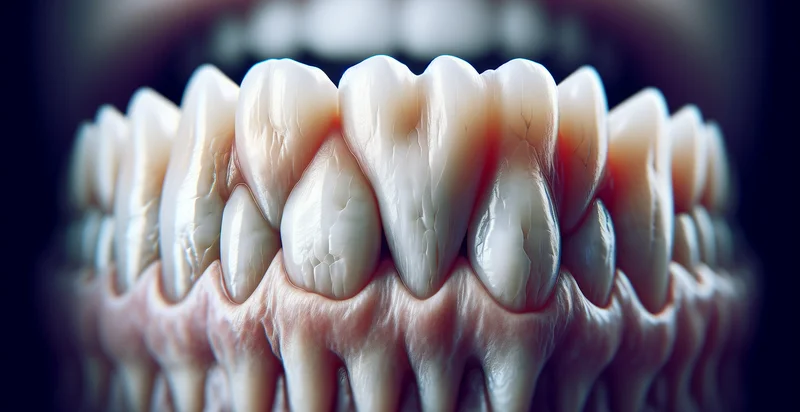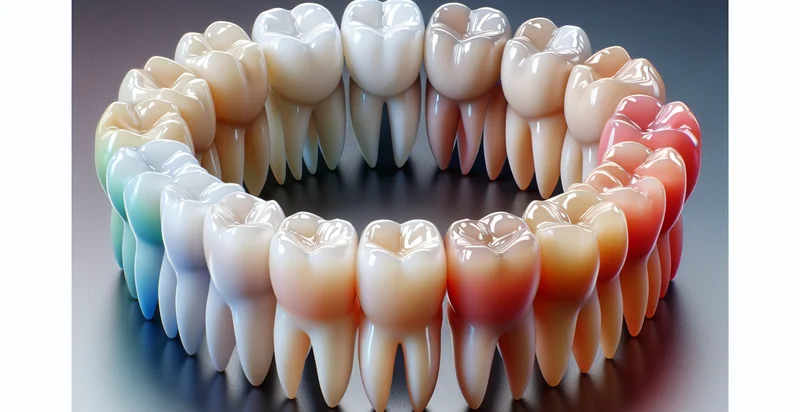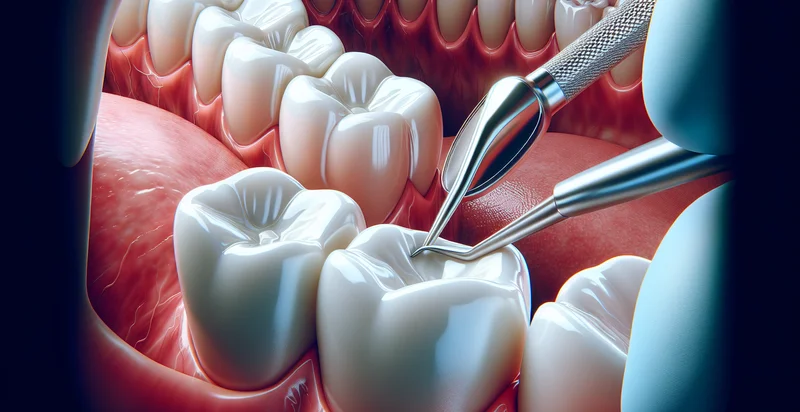Identify tooth wear
using AI
Below is a free classifier to identify tooth wear. Just upload your image, and our AI will predict the level of tooth wear it exhibits - in just seconds.

Contact us for API access
Or, use Nyckel to build highly-accurate custom classifiers in just minutes. No PhD required.
Get started
import nyckel
credentials = nyckel.Credentials("YOUR_CLIENT_ID", "YOUR_CLIENT_SECRET")
nyckel.invoke("tooth-wear", "your_image_url", credentials)
fetch('https://www.nyckel.com/v1/functions/tooth-wear/invoke', {
method: 'POST',
headers: {
'Authorization': 'Bearer ' + 'YOUR_BEARER_TOKEN',
'Content-Type': 'application/json',
},
body: JSON.stringify(
{"data": "your_image_url"}
)
})
.then(response => response.json())
.then(data => console.log(data));
curl -X POST \
-H "Content-Type: application/json" \
-H "Authorization: Bearer YOUR_BEARER_TOKEN" \
-d '{"data": "your_image_url"}' \
https://www.nyckel.com/v1/functions/tooth-wear/invoke
How this classifier works
To start, upload your image. Our AI tool will then predict the level of tooth wear it exhibits.
This pretrained image model uses a Nyckel-created dataset and has 5 labels, including Extreme, Minimal, Moderate, None and Severe.
We'll also show a confidence score (the higher the number, the more confident the AI model is around the level of tooth wear it exhibits).
Whether you're just curious or building tooth wear detection into your application, we hope our classifier proves helpful.
Related Classifiers
Need to identify tooth wear at scale?
Get API or Zapier access to this classifier for free. It's perfect for:
- Dental Clinic Screening: Dental clinics can integrate a tooth wear identifier into their diagnostic process to quickly assess patients' tooth wear levels during routine check-ups. This can help dentists to identify at-risk patients and implement preventive measures early, improving patient outcomes and reducing treatment costs.
- Insurance Risk Assessment: Health insurance providers can utilize the tooth wear identifier to assess the dental health risk of policyholders. By analyzing tooth wear patterns, insurers can offer personalized plans or incentives for maintaining good dental hygiene, thereby reducing overall claims.
- Consumer Dental Products: Manufacturers of dental care products can use the tooth wear identifier to improve their product formulations and marketing strategies. By understanding common patterns of tooth wear, they can develop and promote products that specifically target these issues, enhancing customer value.
- Research and Development: Academic and research institutions can employ the tooth wear identifier in studies focusing on dental health trends and factors contributing to tooth wear. This can provide valuable insights that lead to innovative treatment methods and preventive strategies in oral healthcare.
- Customized Dental Treatments: Orthodontists and prosthodontists can leverage the tooth wear identifier to customize treatments for patients with specific wear patterns. This essential data allows for more tailored solutions, ensuring that devices like crowns or aligners fit correctly and address individual dental needs.
- Patient Education Tools: Dental professionals can utilize the tooth wear identifier as part of interactive patient education tools. By providing visual assessments of tooth wear during consultations, practitioners can better communicate risks and the importance of dental hygiene, leading to improved patient compliance and health behaviors.
- Mobile Health Applications: Developers of mobile health applications can incorporate the tooth wear identifier to help users monitor their oral health over time. This function can offer personalized feedback based on user input and aid in prompting users to schedule dental check-ups or adopt better oral care practices.


